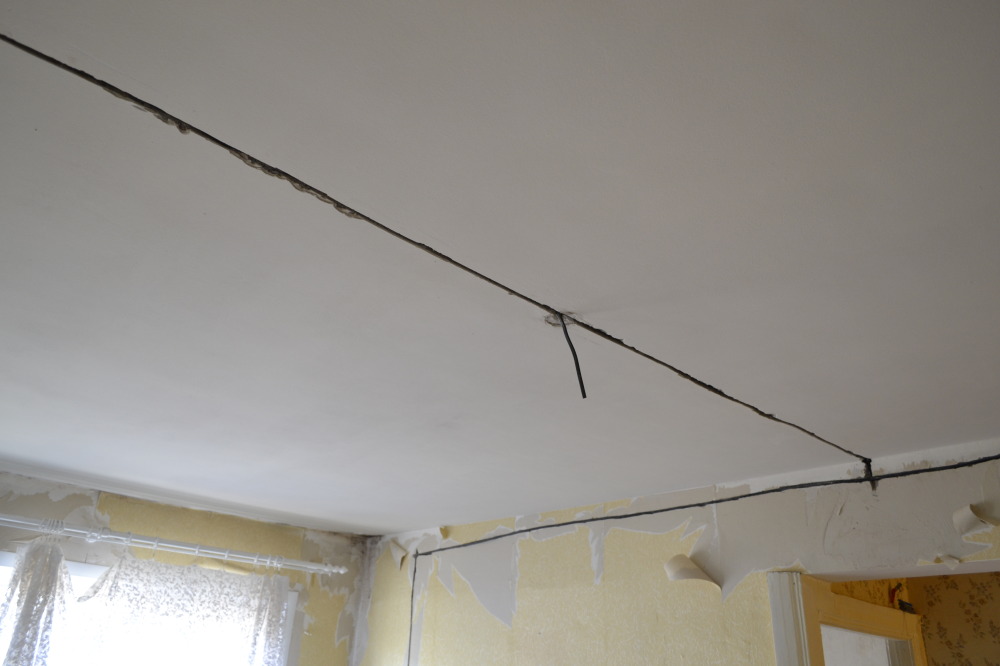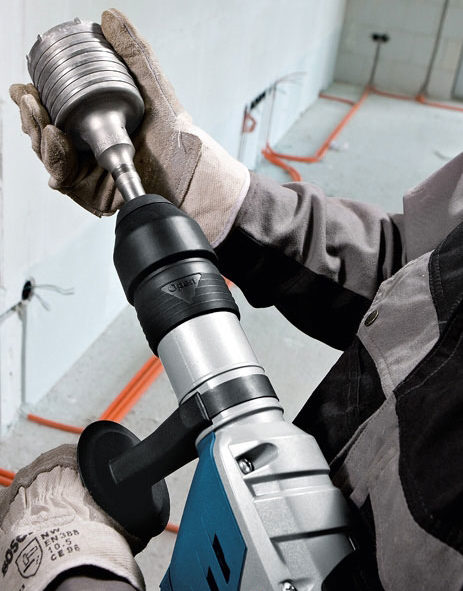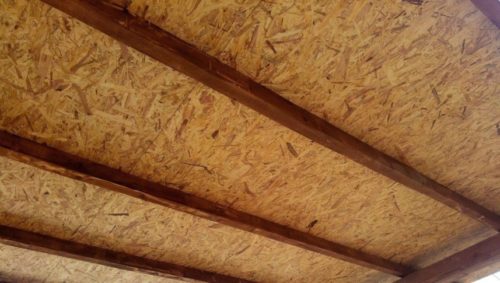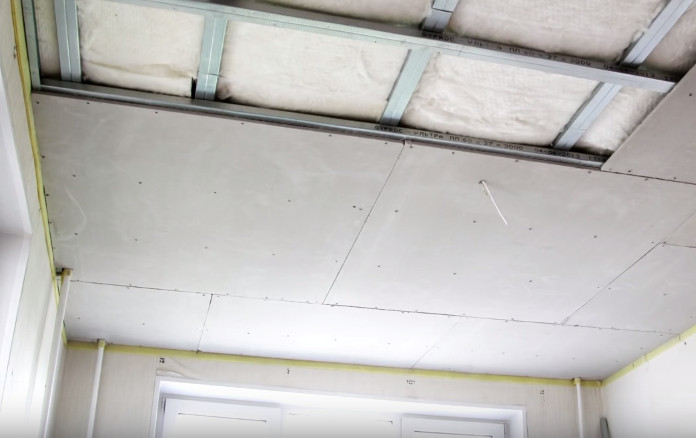Grooving the ceiling for wiring
Grooving is not the easiest or safest way to lay electrical wiring, but sometimes you can’t do without it. This type of construction work may be required in several cases:
- if you need to modernize the existing electrical network;
- switches and sockets are not located as the owners would like;
- if any of the cables are damaged (for example, as a result of flooding by neighbors above).
The content of the article
How to groove a ceiling for wiring
A groove is a special groove in concrete; accordingly, groove is the process of creating it. It is complex, time-consuming, requires taking into account many details and varies depending on the devices used.

Selecting Tools
In order “from more labor-intensive to less” we can name: a hammer and chisel, a hammer drill, a grinder with a diamond blade and a wall chaser. According to the criteria “from cheap to expensive” and “from less work to more work,” the sequence will remain the same. Therefore, the first tools are usually used for cutting small distances on the ceiling of one room, and the latter are used by professional builders when it is necessary to create in-house electrical systems.

Preparation
Briefly, it can be described in three steps: choosing a cable laying method, drawing up drawings (indicating all switching nodes and connection points) and purchasing tools.It is very important to pay maximum attention to safety precautions.
- You cannot connect all lighting devices to one machine;
- first the boxes are installed, and only then the electrical wiring is laid;
- cables should not cross each other;
- to avoid fire, it is important not to make a mistake with the cable cross-section (it is calculated taking into account its maximum load);
- in rooms with high humidity (kitchen, bathroom) moisture-resistant boxes are installed;
- when drawing up drawings, the shortest path must be calculated, and all angles must be right;
- you should work in rubber gloves, construction goggles to protect your eyes, a gauze bandage (to protect your lungs from dust) and rubber-based shoes;
- the room must be ventilated;
- It is worth taking into account the distances: from the groove to the nearest corner - no less than 100 mm, and to the gas pipeline - no less than 400 mm.

Preparatory work can also include leveling the ceiling with plaster if its surface is not flat enough.
Grilling
Depending on the tool, the operating method will be different.
The first step will be marking the future groove. If a hammer and chisel are used, small holes are knocked out along its edges. Then they gradually deepen (the optimal groove depth is 10 mm). The process will require a lot of time and effort, so this method is usually used when there is no access to the power grid.
To use a hammer drill you will need a wide nozzle. The material that remains between the pits is removed with a special spatula and uneven areas are smoothed out with it. The main disadvantage of this method is the difficulty in creating an even groove, as well as the risk of damaging the ceiling.
The grinder is used in conjunction with a chisel or hammer drill.First, it is carried out along the lateral lines, then the material remaining between them is removed. The result is straight lines, but this tool heats up quickly, so it requires periodic stops.
The most convenient device is a wall chaser, since it is designed specifically for this work. But its cost is also high. The only additional thing required to manipulate it is to connect the vacuum cleaner pipe (to suck in flying dust and pieces of debris).
The next steps are laying the cable, securing it and sealing the groove with plaster.
Important! Before removing the recesses, make sure that there is enough cable remaining outside, since it may later be useful when installing sockets and switches and when connecting wires in junction boxes.
If this has not been done before, dust must be removed from the grooves and cable. The plaster is spread and sealed tightly along the entire length of the groove with a wide brush, while the cable is pressed inward. Movements are made in a “herringbone” or crosswise manner. The last step is to remove excess with a spatula and smooth the surface.
In which houses can you not trench the ceiling?
Such work cannot be carried out in every residential building, and ignoring this fact risks the ceiling collapsing! Moreover, this can happen either during the process or immediately after it, or after several years.
First of all, old apartment buildings - panel and Khrushchev-era buildings - are at risk. The ceilings in them are usually made of concrete slabs with internal voids. The most dangerous work is gating at their junction.
By the way! If there is an urgent need to hide the wires, sometimes builders do the following trick.They drill two holes in the ceiling (where the voids are) and use a wire to pull the wire through them. But this is not one hundred percent safe. Moreover, you should not do it yourself, without the help of professionals.
If this method is not suitable and it is necessary to resort to gating, then it is important to minimize the risks. For example, it is worth abandoning a method that involves drilling strips and further gouging out the material. It is better to resort to the following: first, the concrete is cut to the required depth, then the grooves are gouged out obliquely with a perforator blade. The depth of such grooves should not exceed 10 mm.
It turns out that if you can do without gating, then it’s better to do so. For example, cables can be secured under suspended ceilings without such work. It's also worth thinking twice about if the only reason for gating is design aesthetics. Sometimes it should be neglected for the sake of safety. The best indications for such work are reliable ceilings, compliance with safety regulations, and ideally, the hands of professionals.






Gentlemen, “sofa experts”! It is strictly forbidden to tap the floor slabs to avoid collapse!
“... First of all, old apartment buildings - panel buildings and Khrushchev-era buildings - are at risk. The ceilings in them are usually made of concrete slabs with internal voids. ..." - so it’s in these voids that the wire is laid! Without any gating!
Why the hell are you going into a place where you don’t understand anything and haven’t encountered anything?